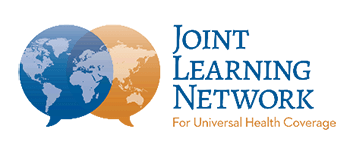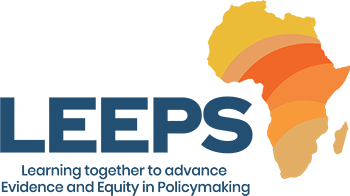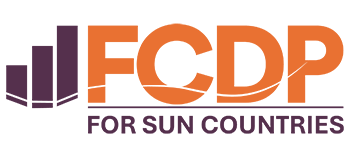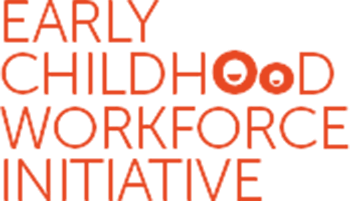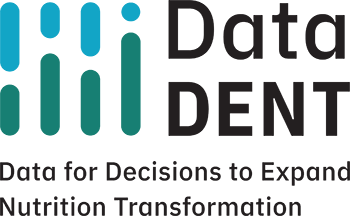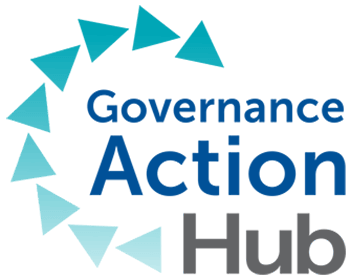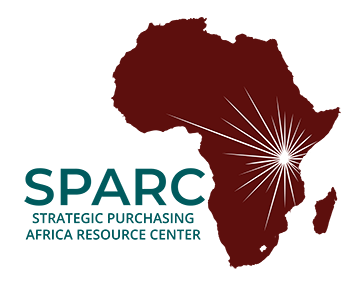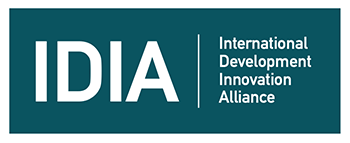‘It is doable:’ 4 lessons on reforming the foundations of Primary Health Care to improve access to quality and equitable services
Primary health care (PHC) has been a cornerstone of global health since the Alma Alta declaration in 1978 and reaffirmed by the 2018 Astana declaration. Despite its recognition and pivotal role in achieving universal health coverage (UHC), PHC services remain underfunded, particularly in low and middle-income countries (LMICs). This situation, while challenging, does not diminish the potential of PHC to meet people’s health care needs. It merely underscores the need for reform and increased investment.
Platforms like the Joint Learning Network uniquely support countries’ PHC reforms by providing a platform to share experiential learnings and progress toward a PHC-focused and people-centred health system. This collaborative approach to learning provides a support system for countries striving to improve population health outcomes.
From April 23-26, 2024, the JLN PHC Foundational Reforms for Financing and Service Delivery launched in Nairobi, a two-year collaborative with 14 countries: Botswana, Burkina Faso, Colombia, Ghana, Ethiopia, Indonesia, Kenya, Liberia, Lebanon, Malaysia, Mongolia, Nigeria, Philippines and Vietnam. The collaborative members are champions and enablers of system change, inspiring each other to tackle what is “doable” in reforming PHC systems.
In this blog, we share four lessons from the countries’ journeys to create more robust and more effective financing and delivery of PHC services. In the meeting report, we share more details and country insights, and the collaboratives learning topics: increasing resource allocation for PHC, designing and implementing provider payment systems to incentivize the provision of quality services and the provider autonomy and accountability measures needed for providers to use resources effectively.
Lesson 1: The root causes of inadequate and fragmented financing for PHC require long-term solutions to raise sufficient resources
In many LMICs, PHC receives a low share of public spending, contributing to the high out-of-pocket expenditure observed in these countries. Low public spending may result in a health system that cannot provide quality health services, creating perverse incentives for parallel funding channels which worsen fragmentation, making it challenging to organise and deliver patient-centered PHC services.
Addressing the root causes of inadequate, fragmented PHC financing is a pressing issue that requires strong political will and leadership that prioritizes PHC and long-term systemic actions such as improvements in the macroeconomic and fiscal environment. Raising sufficient PHC resources ensures everyone has access to quality health care, regardless of economic status. Read examples from Ethiopia and Mongolia on how they are addressing these root causes.
Lesson 2: There are short-term levers and tools available to PHC managers to address the consequences of low and fragmented PHC financing and organize a better mix of PHC inputs
Countries are also implementing shorter-term solutions using tools and resources that are readily accessible and within the control of health policy institutions, subnational health leadership, managers of PHC resources and PHC health providers. Seven tools were proposed by collaborative participants:
- Service delivery organization and integration that “pulls” resources to PHC and allows for the sharing of resources. Countries are using different approaches to reorganize their service delivery systems and increasing direct investments into PHC. Five countries – Colombia, Ghana, Indonesia, Kenya and Philippines – are at varying stages of implementing Primary Care Networks (PCN) that allow for horizontal or vertical integration1 and sharing of resources to improve service delivery.
- Provider autonomy which imparts decision-making rights to PHC providers to allocate and use resources at the facility level, and to allow providers to respond to incentives in provider payments. The general perception among the countries was that the benefits of autonomy for low value, but frequent expenditures, may outweigh the risks of misappropriation of public resources, if well-defined accountability measures are put in place.
- Financial and organizational management capacity are the set of management skills and capacity to use information and tools and systems to manage and operate a health facility. Good facility, personnel, financial and information technology management skills are needed to manage PHC resources well at the facility level. These are supported by the tools and systems that provide PHC managers with the information needed to plan and manage service delivery and commodities and account for public resources.
- Resource allocation criteria should include critical considerations such as geography and population density to reduce the subjectivity in resource distribution and address health disparities across geographic areas. Participants expressed the need to better understand how resource allocation formulas can be applied to ring-fence resources for health and direct more resources to PHC.
- Setting service contracts and agreements with PHC providers to establish expectations and quality standards for health services. By standardizing a set of targets and objectives across both public and private sectors, ProtectHealth in Malaysia establishes clear expectations for service delivery.
- Engagement with the population as accountability champions and advocates for increased allocation to PHC is overlooked in many settings. Colombia, Indonesia and Lebanon highlighted the continued need for community engagement to build trust in PHC facilities and direct patients to PHC facilities rather than accessing care directly at secondary hospitals. In addition, communities may engage with the budgeting processes to advocate for more public resources to be channelled to PHC, which is closer to communities.
Lesson 3: Getting resources into the hands of PHC providers can make real impact possible
Although PHC facilities in most countries participating in the collaborative have limited provider autonomy to make decisions about how to use and reallocate resources, countries expressed interest in learning more about expanding PHC facility decision space and the benefits health systems can accrue from doing so.
For example, between 2015 and 2022, Mongolia increased its capitation rate for PHC services four-fold, introduced adjustors to the capitation design (age, gender, urban/rural) and consolidated its performance indicators. This has contributed to an improvement in health indicators such as an increase in the number of women having more than six prenatal visits at the PHC level, an increase in the proportion of children receiving a full dose of pentavalent vaccines, and an overall increase in the number of patients receiving care at the PHC level.
Kisumu County in Kenya shared the impact of PCNs and community engagement on health outcomes when they got resources into the hands of PHC providers: 98% of women in the county had a skilled birth delivery, compared to 89% for the national average, whilst 90% had a postnatal check during the first two days of birth, compared to the national average of 78%.
Lesson 4: Identify good system performance and measure progress toward it
All countries reported they have some level of digitization of health information systems to track and monitor results. They have a wide range of paper-based and electronic data collection and monitoring approaches that have been used to monitor PHC services, demonstrate improvements in health and account for PHC resources. However, system fragmentation and the large numbers of indicators being tracked across service areas are challenging to the level of inference and decisions countries can make on how best to use limited PHC resources.
Collaborative members agreed progress would require setting clear objectives based on their health systems goals and priorities, and using existing systems to measure progress, as they aspire for more complex and integrated systems. PHC managers can use this approach to exhibit how current resources are being used to improve outcomes, as the evidence necessary to encourage additional resource allocations for PHC.
For example, in Malaysia data from the National Health and Morbidity survey surfaced challenges with undiagnosed and untreated NCDs by the bottom 40% income earners of the population. This informed the design of Peka B40 in 2019, a benefits package for screening and treatment of NCDs for this population segment.
Looking forward
Country teams identified priority topics synthesized into a learning agenda for the two years of the collaborative. Stay tuned for further insights and learnings through a series of blogs from the technical facilitation team.
The authors would like to acknowledge the contributions of the PHC Foundational Reforms collaborative members, the technical facilitation team, and partners from BMGF and USAID.


